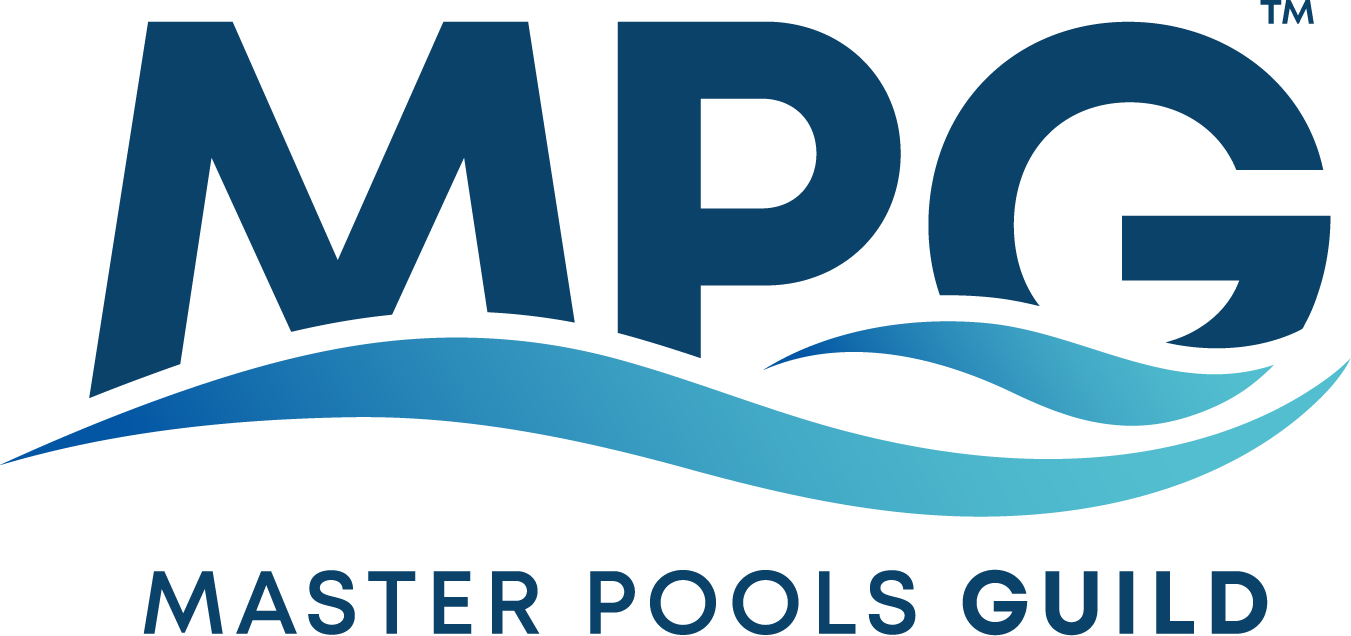The Benefits of Secondary Sanitation in Swimming Pools: Ozone and UV Solutions
Swimming pools are a great source of recreation and relaxation, but maintaining water quality is crucial for ensuring a safe and enjoyable experience. While traditional chlorine treatments are commonly used, secondary sanitation methods like ozone and ultraviolet (UV) light offer significant benefits that enhance water safety and overall pool hygiene.
What is Secondary Sanitation in Swimming Pools?
Secondary sanitation refers to additional disinfection processes applied after the primary treatment (usually chlorination) to ensure that the pool water is free from harmful pathogens and contaminants. This extra layer of protection is vital for maintaining clean and safe swimming environments.
Benefits of Ozone in Swimming Pools
- Highly Effective Disinfection: Ozone (O₃) is a powerful oxidizer that effectively kills bacteria, viruses, and other pathogens present in pool water. It is especially effective against chlorine-resistant organisms like Cryptosporidium, making it an essential addition to pool sanitation.
- No Harmful Residuals: Ozone decomposes back into oxygen quickly, leaving no chemical residues in the water. This is beneficial for swimmers, as it reduces the risk of skin and eye irritation commonly associated with high chlorine levels.
- Improved Water Clarity: Ozone treatment helps to break down organic matter and contaminants, leading to clearer and more visually appealing pool water. This enhances the overall swimming experience as well.
- Reduced Chlorine Usage: By using ozone as a secondary sanitizer, pool owners can significantly reduce the amount of chlorine needed for disinfection. This not only saves costs but also minimizes the strong chemical smell and irritation often associated with chlorine.
Benefits of UV Light in Swimming Pools
- Broad-Spectrum Pathogen Inactivation: UV light effectively inactivates a wide range of microorganisms, including bacteria, viruses, and algae, by damaging their DNA. This makes it a highly effective method for enhancing pool water safety.
- Chemical-Free Treatment: UV disinfection does not involve adding chemicals to the pool water, making it a safe and environmentally friendly option. This minimizes chemical exposure for swimmers and reduces the risk of allergic reactions.
- Instantaneous Treatment: The UV disinfection process is rapid, treating pool water as it circulates through the UV system. This continuous disinfection ensures that the water remains safe at all times, especially during peak usage periods.
- Lower Maintenance Costs: Though the initial setup cost for UV systems may be higher, they generally require less maintenance and have lower operational costs over time. This makes them a cost-effective solution for long-term pool management.
Conclusion
Incorporating secondary sanitation methods like ozone and UV light into swimming pool maintenance offers numerous advantages, including enhanced disinfection, reduced chemical use, and improved water quality. These advanced technologies provide a safer and more enjoyable swimming experience, ensuring that pool owners meet health and safety standards while keeping their pools inviting and clean.

